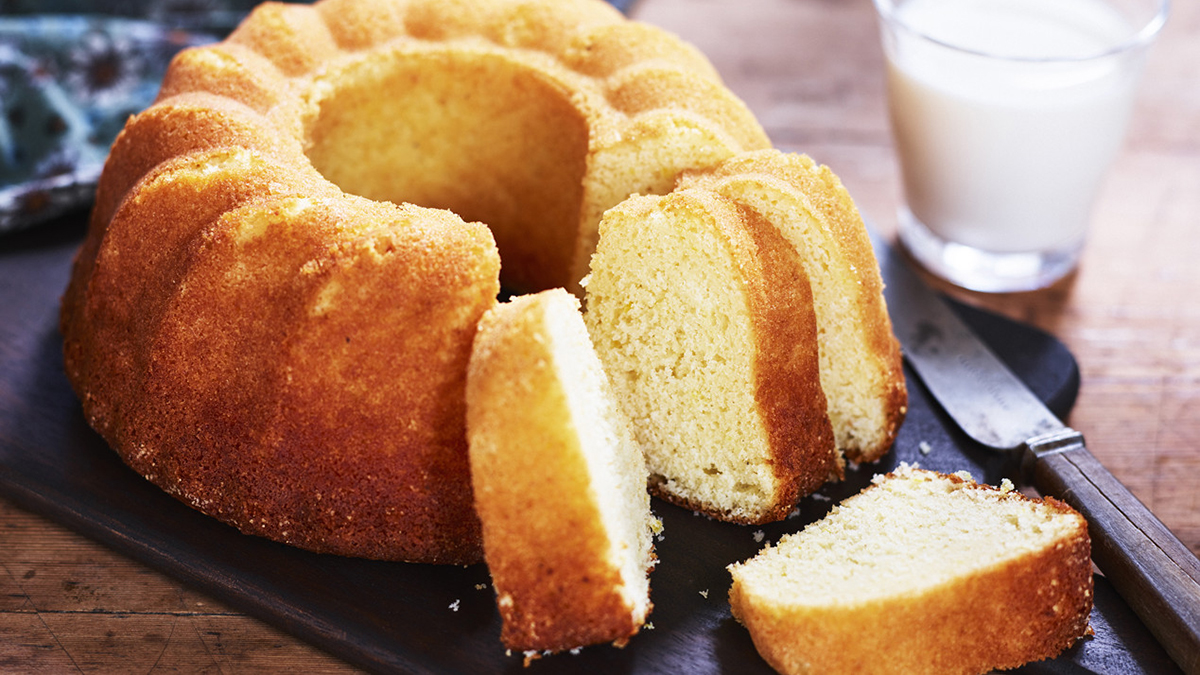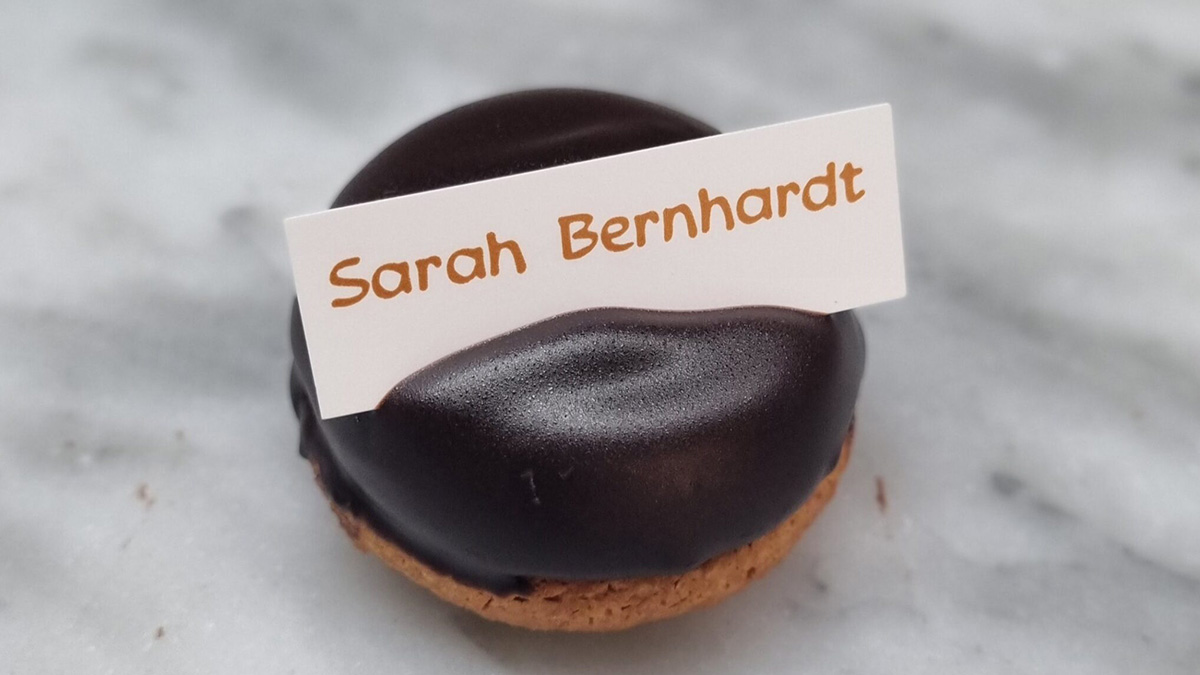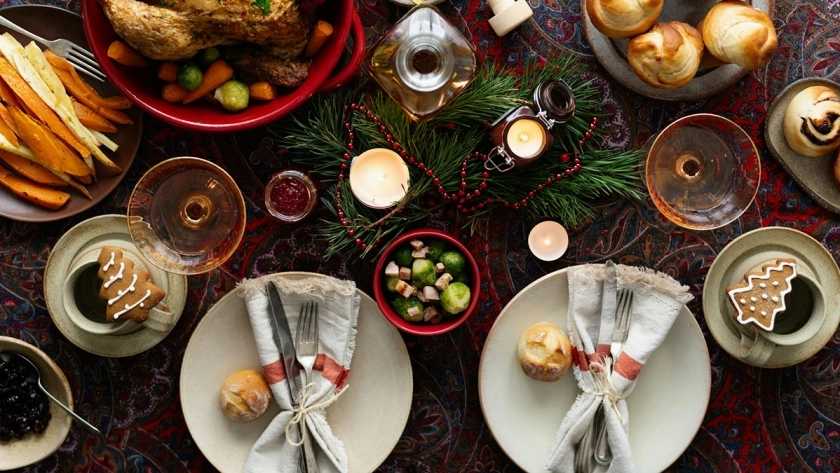
Whether for celebrations or more ordinary moments, cakes (pastries and baked goods) are omnipresent in Swedish lifestyle and culture. They also wonderfully embody this culture of simplicity and rusticity, inherent in the country's history... In fact, while they may not have the same sophistication as French pastries, Swedish cakes are much more than just sweet treats—they reflect the soul of the country and are also the cornerstone of another unmissable tradition in Sweden: fika. This daily ritual involves taking the time to enjoy a cup of coffee paired with cakes, pastries, or biscuits. Much more than just a coffee break, fika is a true social institution, a time for sharing and conviviality.
Thus, in a Protestant calendar with fewer saints than the Catholic one, the Swedes found a clever and delicious way to mark important moments of the year: by dedicating specific dates to iconic pastries. Rather than assigning an exemplary saint to each day, the Swedish calendar assigns a day (and sometimes even two) to each iconic cake or pastry: perhaps a less spiritual inspiration, but one that lightens the Protestant daily life by sprinkling it with sweet delights and adding little daily indulgences! These pastries don't just mark the seasons; they also create opportunities to gather around the table, offering the chance to relax and chat over a good cake. Some of these creations have crossed centuries and borders, continuing to make Sweden proud worldwide.
We begin with the cakes associated with a specific date, listed in chronological order of the calendar, along with all the others... to enjoy whenever we feel like it...
The Swedish Cake Calendar
1. Mazarin – The Mazarin
Date: January 10 (with a makeup day for the forgetful on March 13)
Mazariner are small individual tarts made with shortcrust or puff pastry, filled with almond cream, often topped with a sweet glaze.
The Mazarin is a classic and delicious pastry, both simple and refined, often characterized by its almond filling, which gives it a sweet and rich flavor, slightly sweet but never overwhelming. It is often topped with a light glaze, sometimes white, which adds an extra touch of sweetness and may be decorated with slivered almonds or a small sugar decoration to perfect its aesthetic. Its name, of course, recalls the famous Italian cardinal, minister to the renowned Louis XIV, but the connection between the two is uncertain.
2. Prinsesstårta – The Princess Cake
Date: January 12 (Marzipan Day) + March 7 (Marzipan Cake Day)
Among the most iconic, the Princess Cake is a dome-shaped cake covered with green marzipan and filled with whipped cream and raspberry jam, a true emblem of Swedish pastry.
 Photo credit: Magnus Carlsson/imagebank.sweden.se
Photo credit: Magnus Carlsson/imagebank.sweden.se
The Prinsesstårta is a cake made of several layers that symbolizes elegance and sweetness. It consists of sponge cake, custard, raspberry jam (or raspberries), whipped cream, and is topped with a thin layer of green marzipan. It is often chosen (in addition to its two dedicated days) for birthdays, weddings, or other special events in Sweden. This cake is associated with royal tradition: it is said to have been created in the early 20th century by Swedish pastry chef Jenny Åkerström for the Swedish princesses, and this heritage makes it the perfect cake for all festive occasions.
3. Mörottstårta – The Carrot Cake
Date: February 3
The Mörottstårta is also an iconic cake from Northern Europe, widely appreciated for its sweet and slightly spicy flavor, making it perfect for autumn and winter fika.
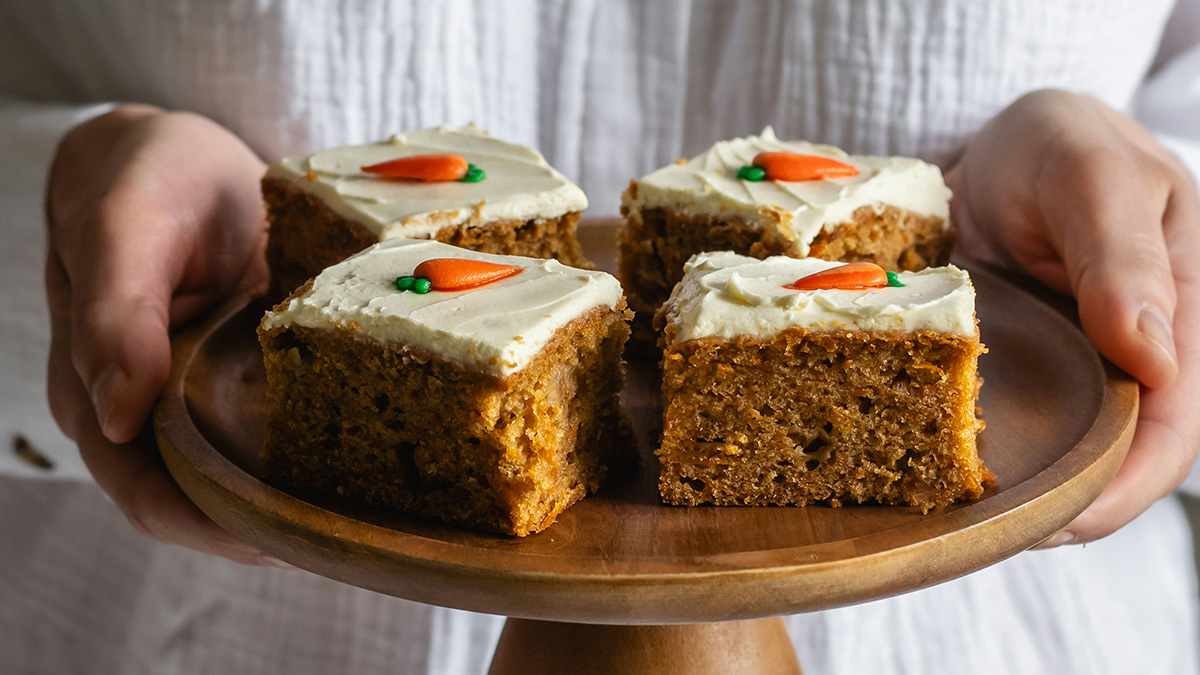
In Sweden, it is considered a must-have for tea time with friends. Although it has roots in the American carrot cake tradition, the Swedish version has a slightly different texture and recipe, with sometimes simpler ingredients. Soft and spiced, it is primarily made of flour, eggs, sugar, grated carrots, and spices (often cinnamon and cardamom), which give it a moist texture, a sweet and subtle flavor, and a comforting warmth, perfect for winter. The cake is often served with a thick, smooth frosting, sometimes decorated with crushed nuts on top or with a simple but elegant decoration.
4. Semla – The Semla
Date: Between February and March 9, depending on the year, on Fettisdagen (Fat Tuesday).
The semla is a cardamom-flavored bun, filled with almond cream and whipped cream, often dusted with powdered sugar.

It is traditionally consumed during the period leading up to Lent, especially on Shrove Tuesday, (Fettisdagen), but today, you can find them in bakeries as early as January 2 and sometimes until Easter. According to tradition, Swedes eat semlor before the Lenten fast. Legend has it that King Adolf Fredrik died on February 12, 1771, after a very hearty meal that he ended with 14 semlor, which led to indigestion and then a heart attack.
5. Punchrulle or Dammsugare – The Punch Roll or The Vacuum Cleaner
Date: March 7
The Dammsugare, also known as Punchrulle, is a Swedish pastry characterized by its sweet, dense interior (made from crushed leftover cake, shaped into rolls to avoid wasting food), flavored with Swedish punch, covered in green marzipan, and dipped in chocolate at both ends.
Its name, meaning "vacuum cleaner," refers to its shape, which resembles the hoses of old vacuum cleaners, very popular in the early 20th century.
6. Hallongrotta – The Raspberry Cave
Date: March 17
The hallongrotta is a small cake, often round in shape, with a hollow center filled with raspberry jam.
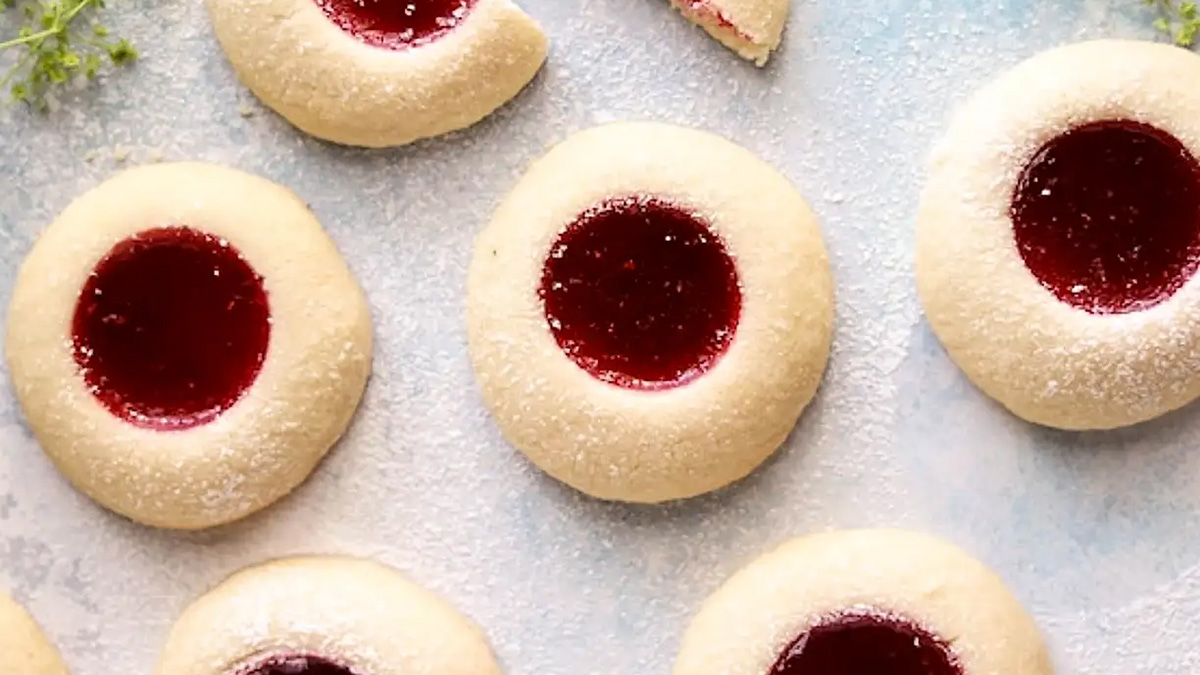 Photo Camilla Hamid
Photo Camilla Hamid
It is a traditional Swedish pastry, sweet and fruity, that is part of the classics of fika, the famous Swedish coffee break. They are perfect for a fika or summer picnics, as they are easy to carry and share. The dough used for these little cakes is typically made with butter, flour, and sugar, creating a crumbly texture that contrasts deliciously with the tangy sweetness of the raspberry jam.
7. Våffla – Swedish Waffle
Date: March 25 (Feast of the Annunciation)
Våfflor (waffles) are another classic of Swedish pastry, especially enjoyed on Vårfrudagen (Feast of the Annunciation) on March 25. Ce jour-là, les suédois ont l'habitude de préparer des gaufres légères et croustillantes, souvent accompagnées de crème fouettée, de fruits frais ou de confiture. Bien que les gaufres soient consommées tout au long de l'année, la fête de l'Annonciation est l'occasion idéale pour les déguster.
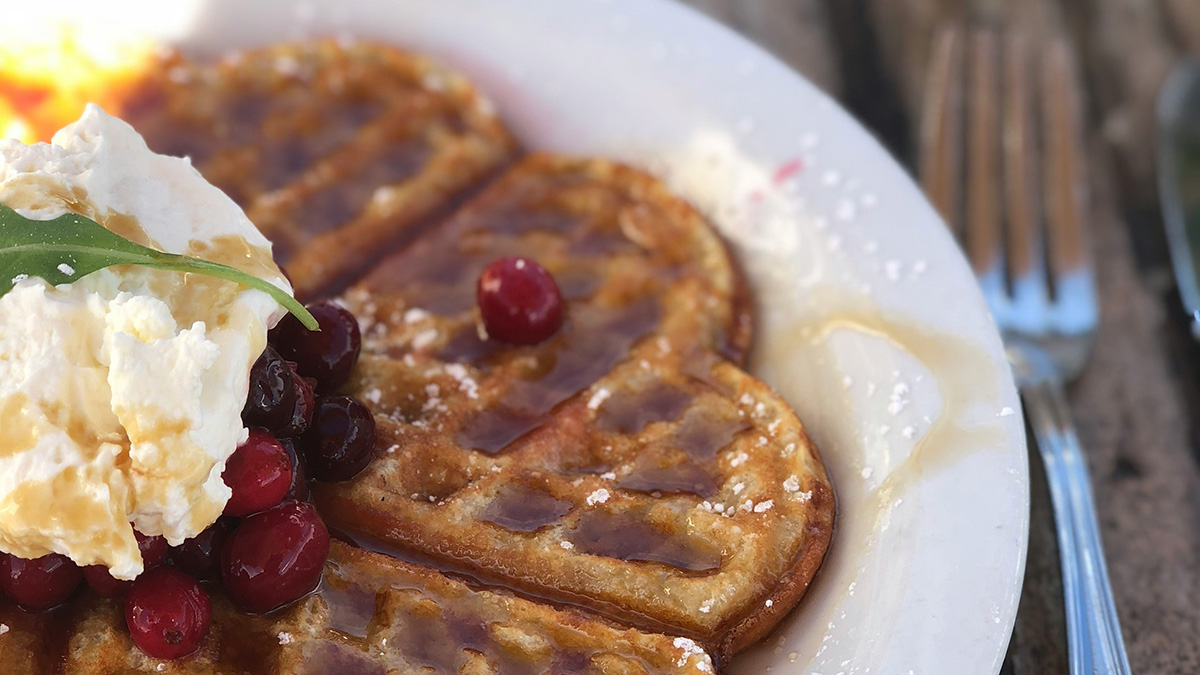
On this day, Swedes typically prepare light and crispy waffles, often served with whipped cream, fresh fruit, or jam. Although waffles are enjoyed throughout the year, the Feast of the Annunciation is the perfect occasion to savor them.
8. Budapest – The Budapest Cake
Date: May 1
The Budapest cake is a Swedish dessert distinguished by its light layers of meringue, almonds, creamy whipped cream, and a fruity touch, creating a tasting experience that is both sweet and delicate.
Although its name evokes Hungary and the city of Budapest, known for its refined desserts and European-style pastries, the Budapest cake is deeply rooted in Swedish culinary tradition and remains a classic for special occasions. This cake is perfect for those looking for an elegant and delicious dessert, with a mix of melting and crunchy textures.
9. Chokladboll – The Chocolate Ball
Date: May 11
Chokladbollar are chocolate balls made from oats, butter, sugar, and cocoa powder (no baking). They are often rolled in coconut flakes.

Although they have a dedicated day in the calendar, these little treats are a classic of the fika and are served on many informal occasions in Sweden, especially at afternoon snacks or small parties. For children, in Sweden, it’s a bit like the equivalent of a pain au chocolat… or a chocolatine.
10. Kardemummabulle – Cardamom Bun
Date: May 15
This small Swedish pastry with cardamom, inspired by the famous Kanelbulle, is a hit during "fikas" (traditional Swedish coffee breaks), a moment of conviviality and sharing where Swedes gather to enjoy a pastry with coffee.
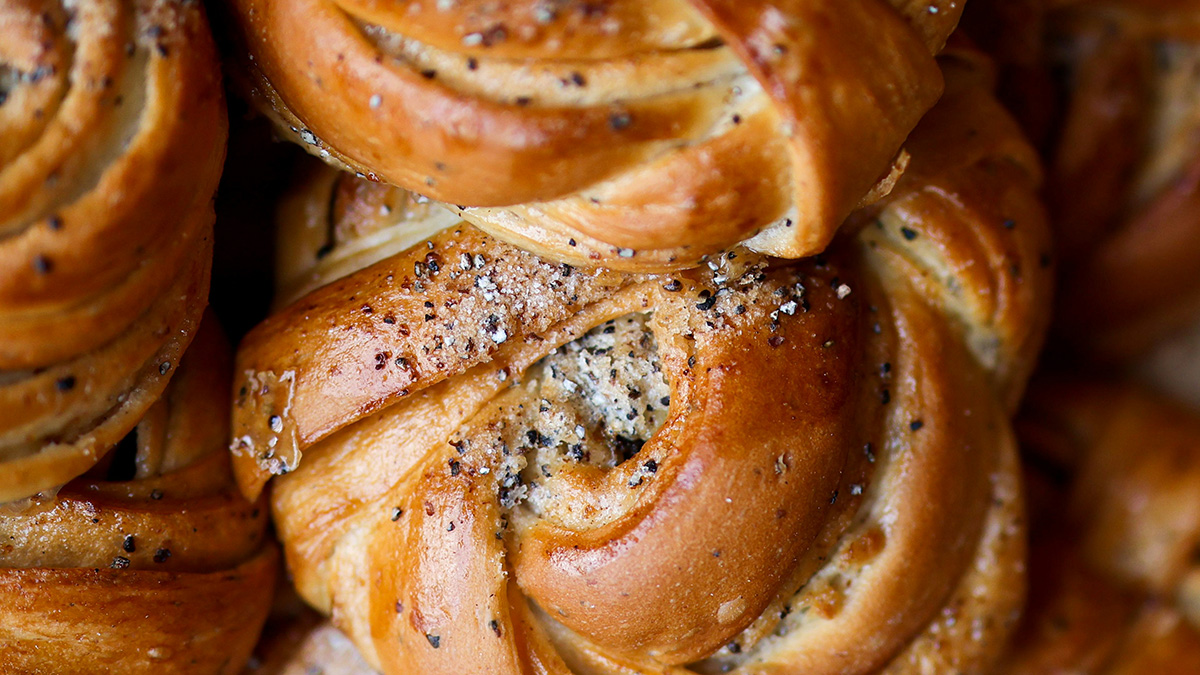
What makes the Kardemummabulle unique is the generous use of cardamom, a fragrant and slightly lemony spice typical of Scandinavian pastries. The cardamom is often added directly to the dough itself, but it is also generously sprinkled on top of the bun before baking. This gives the pastry its distinctive aroma, which has earned this bun its reputation in Sweden.
11. Midsommarståta – Midsummer Cake
June 21: Midsommar (Midsummer Festival)
Although there isn't really a dedicated cake for June 21, the midsommartårta has become a staple of the Midsummer celebration. Most often made with sponge cake, plenty of whipped cream, and strawberries (which are in season at this time), it is the perfect embodiment of the joy that Swedes feel during this time of the year.
The airy sponge cake, soaked in light syrup or cream, brings a tender and melt-in-the-mouth texture, while the filling (often a mixture of whipped cream and cream cheese) creates a rich but not too heavy consistency. On top, fresh fruits are carefully arranged, often strawberries, raspberries, and blueberries, which add a sweet and colorful touch, evoking the lush landscapes of Swedish summer. The decoration is often neat and very festive, with edible flowers like daisies or cornflowers, and sometimes even mint leaves for an extra touch of freshness.
The Midsommartårta is not only delicious but also a feast for the eyes, perfect for brightening tables during Midsummer celebrations. This cake, symbolizing abundance and the joy of summer, is one of the must-have treats of this traditional Swedish festival. Summer Fruit Cakes
12. From July 19 to 24, "fruntimmerveckan," which could be translated as "the week of the women," is a special week in the calendar where only the first day celebrates a man, Fredrik, while all the other days celebrate women: Sara, Margareta, Johanna, Magdalena, Emma, and Kristina.
The tradition is to eat a summer cake for each celebrated female name. Here are some examples of summer cakes...
The rabarberpaj (rhubarb pie) is a traditional rhubarb pie that is often served at the beginning of summer but also during this special week when rhubarb is in full season.
This cake has a base of shortcrust or sweet pastry, filled with rhubarb stalks cut into pieces. The rhubarb is sweetened with sugar and sometimes mixed with a little vanilla or cinnamon. It can be topped with meringue or a crunchy crumble. The rhubarb, being tart, gives a pleasant contrast to the sweetness of the pastry and sugar.
Blåbärspaj – Blueberry Pie
Although there is no fixed day for blåbärspaj, or blueberry pie, this dessert is closely associated with the berry season in Sweden, typically during the summer when blueberries are in season.
The dessert consists of a sweet pastry base and a filling of fresh or frozen blueberries, often accompanied by whipped cream or a scoop of vanilla ice cream. It is particularly popular at picnics, garden parties, and family gatherings.
Smultrontårta – Wild Strawberry Cake
This fresh and light cake, perfect for the Swedish summer, is mainly made of sponge cake or a biscuit base, topped with wild strawberries (smultron), a typically Swedish fruit.
The base of the cake is often topped with cream mousse or whipped cream, and sometimes a light custard. It is then decorated with fresh fruit, adding a sweet and tangy touch that is refreshing on warm days. Wild strawberries are harvested in late spring and summer in Sweden, and they are a key ingredient in many summer desserts.
Hallon cheesecake – Raspberry cheesecake
This cake, both creamy and light, combines a crunchy base with a sweet and fruity filling for a perfect tasting experience.
The base is typically made of crushed biscuits (often digestive biscuits or havregryn – oat flakes), mixed with melted butter to form a firm, slightly sweet crust. This base is often pre-baked to give it a crunchy, solid texture. The filling of the hallon cheesecake is a thick cream mousse, with fresh cheese (such as cream cheese or quark), mixed with sugar, vanilla, and sometimes a little lemon to add freshness. It is then topped with raspberry compote or sauce, which adds a fruity, tangy, and sweet touch, beautifully contrasting with the creamy sweetness of the cheese. For decoration, fresh raspberries may be placed on top, adding a colorful and natural touch.
Pinocchiotårta – Pinocchio cake
This strawberry cake consists of soft vanilla cake, crunchy meringue, and a delicious cream filling filled with strawberries.
 Photo Camilla Hamid
Photo Camilla Hamid
Vinbärsrutor – Red Currant Squares
Red currant squares are a delightful dessert, perfect for enjoying the freshness of red berries. This cake typically consists of a base made of shortcrust pastry or sponge cake, topped with fresh red currants, or sometimes lightly sweetened to soften their acidity. It is often covered with a light layer of dough, then baked to achieve a texture that is both soft and crunchy.
The squares can be cut into squares or rectangles, giving them their characteristic "paving stone" shape. The tartness of the red currants pairs perfectly with the sweetness of the dough, offering a delightful contrast. This dessert is ideal for a snack, tea time, or as a light dessert, especially when you're craving a fruity treat that's not too sweet.
Smulpaj med lingon – Lingonberry Crumble
Even though lingonberries (airelles in French) are not typically in season, they can be preserved and used in the summer to create fruity delights like this lingonberry crumble.
 Photo receptfavoriter
Photo receptfavoriter
The red lingonberries, slightly tart, are the main ingredient. They are often lightly sweetened to balance their acidic taste, but they can also be used as is to provide freshness and acidity. This dessert is usually enjoyed warm, often served with a scoop of vanilla ice cream or whipped cream.
13. Rulltårtan – The Swiss Roll
Date: August 9
Rulltårta is a popular Swedish rolled cake. It typically consists of a light, fluffy sponge cake filled with jam or cream, then rolled up to form a delicious spiral.
It's a fairly simple dessert to prepare, but it's delicious and popular during parties or fikas.
14. Gräddtårtan – The Cream Cake
Date: October 3
Made with a classic sponge cake or sometimes ladyfingers, the cream cake is often prepared with strawberries, but it can also be made with raspberries, blueberries, or any other fruit.
What makes the gräddtårta so special is its generous filling of whipped cream. The cream is often mixed with a bit of sugar and sometimes a touch of vanilla or lemon zest to add flavor. The cream is used to cover the entire cake, both between the layers and on top.
15. Kanelbulle – Cinnamon Bun
Date: October 4
The kanelbulle (cinnamon bun) is undoubtedly the most iconic pastry in Sweden. It is to Sweden what the croissant is to France.
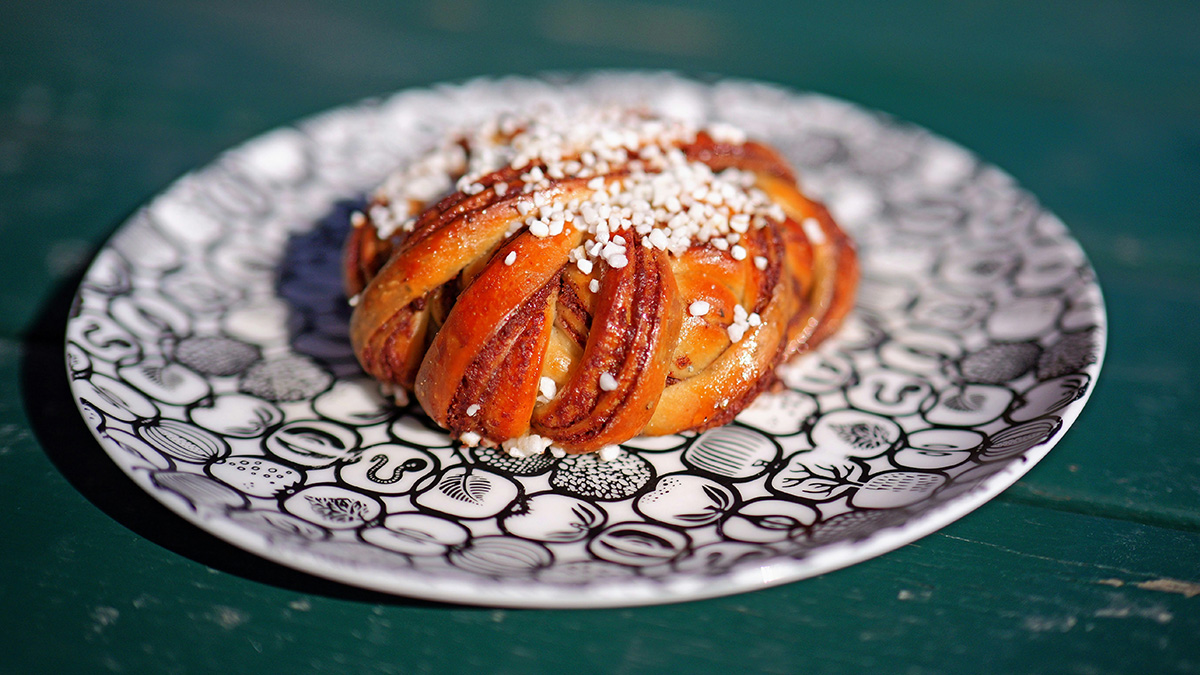
The kanelbulle is a lightly sweetened yeast dough, rolled with cinnamon sugar and baked. This day honors this simple yet delicious cake, often served with a cup of coffee (in Sweden, this is called fika, a coffee break with cakes).
16. Gustav Adolf Tårta – The Cake of Gustav Adolf
Date: November 6
The Gustav Adolf Tårta is a traditional Swedish cake created to honor King Gustav II Adolph, known as the Lion of the North, one of Sweden's most famous rulers. He reigned in the 17th century and is best known for his military exploits during the Thirty Years' War, as well as his contributions to the expansion of the Swedish kingdom.
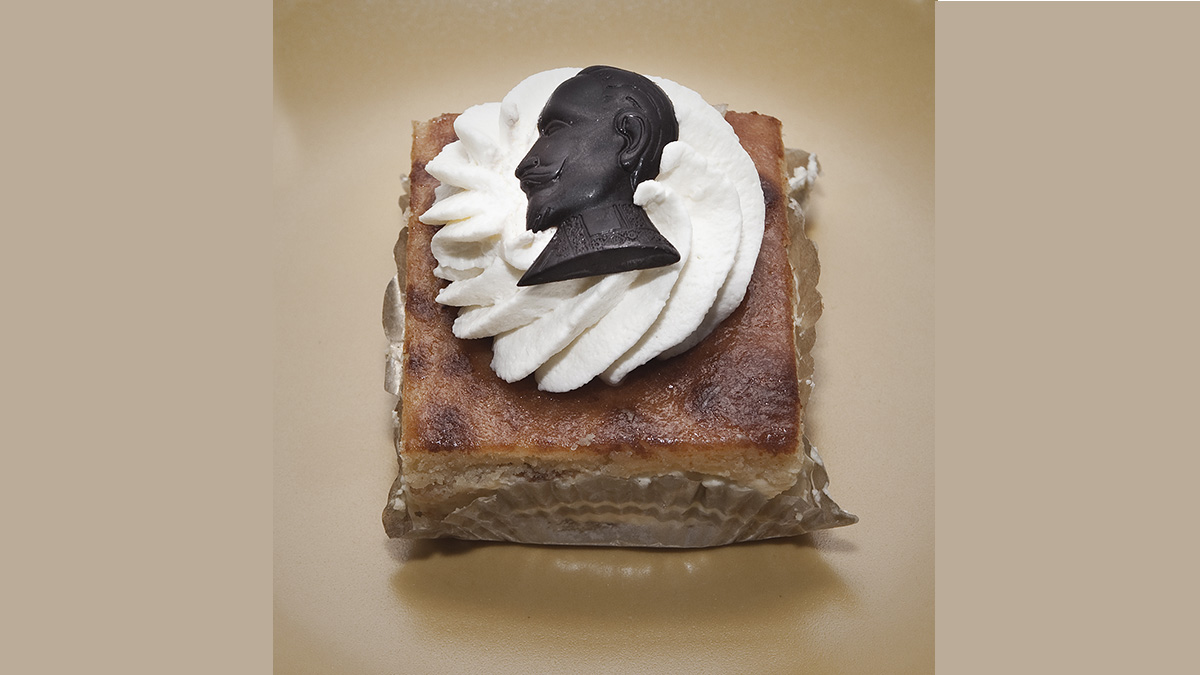
The Gustav Adolf Tårta is a rich, multi-layered cake. It is typically made with light sponge cake, custard or whipped cream, and covered with a buttercream frosting. Sometimes, fresh fruits or chopped almonds are used as toppings. The cake is often elegantly decorated, with bright colors or sugar patterns, evoking royal grandeur.
17. Kladdkakan – The Sticky Cake
Date: November 7
Kladdkaka is a Swedish chocolate cake, famous for its soft, gooey texture on the inside and slightly crunchy outside. It resembles a simple chocolate cake, but is especially loved for its ultra-melting texture and intense chocolate flavor.
It can be served with a dollop of whipped cream or ice cream, or sometimes even fresh fruits like raspberries or strawberries, which add a refreshing contrast to the richness of the chocolate. It is one of those classic desserts that continue to pass through generations in Sweden, remaining a favorite for people of all ages.
18. Äppelkakan – The Apple Cake
Date: November 10
Äppelkaka (apple cake) is a very popular Swedish dessert, especially during the fall when apples are in season. This cake is both simple and delicious, with a soft texture and a flavor infused with apples, often accompanied by a subtle hint of cinnamon.
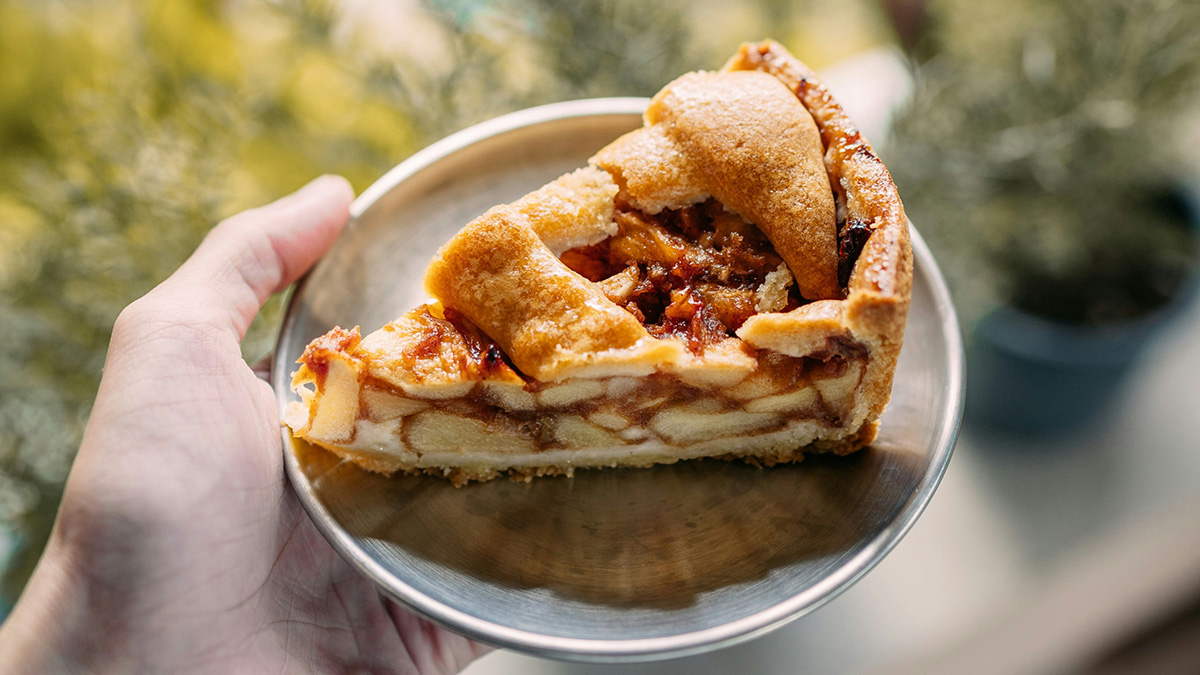
There are several variations of the äppelkaka, but all are characterized by their simplicity and ability to highlight the flavor of the apples.
19. Ostkakan – The Cheese Cake
Date: November 14
The Swedish ostkaka (or "ostkaka") is a traditional Swedish dessert made with cheese, resembling a flan or cheesecake. It is a sweet and creamy dish, very popular in southern Sweden, particularly in the Småland region. The name "ostkaka" literally means "cheese cake," and it has a texture that is both dense and light.
Ostkaka is made from curd cheese, usually from cow's milk or sometimes goat's milk. The texture is soft and creamy, and its taste is often described as slightly tangy, which comes from the curdling of the milk. Unlike other cheese desserts like cheesecake, ostkaka is less sweet and has a more subtle flavor, closer to that of fresh cheese. It is often served warm or at room temperature, accompanied by lingonberry jam (red lingonberries) or sometimes whipped cream.
The combination of the cake's slightly sweet taste and the tartness of the jam is truly delightful. It can also be served cold, but the texture and taste are better when it is fresh out of the oven.
20. Napoleonbakelse – Napoleon Cake
Date: November 17
Napoleonbakelse, also known as "Napoleon cake," is a popular pastry in Sweden and other Northern European countries. It is a kind of mille-feuilles, often made of multiple layers of puff pastry, custard cream, and whipped cream, sometimes topped with a glaze.
It was inspired by the famous French pastry, but it is often adapted into local variations.
21. Wienerbrödet – Danish Pastry
Date: November 22
Wienerbröd is a type of puff pastry that, unlike croissant dough, uses a special technique of yeasted dough with butter integrated at each stage, giving it a light, crispy, and flaky texture.
Its shape can vary, but the most common versions are small pastries in the shape of spirals, tarts, or even brioche. They can be filled in various ways (with cream, fruit jams, almonds, etc.) and are often decorated with icing or powdered sugar.
22. Lussekatt – Saint Lucy’s Bun
Date: December 13
Lussekatter are small saffron buns shaped like an "S," often decorated with raisins. They are traditionally eaten to celebrate Saint Lucy's Day on December 13.
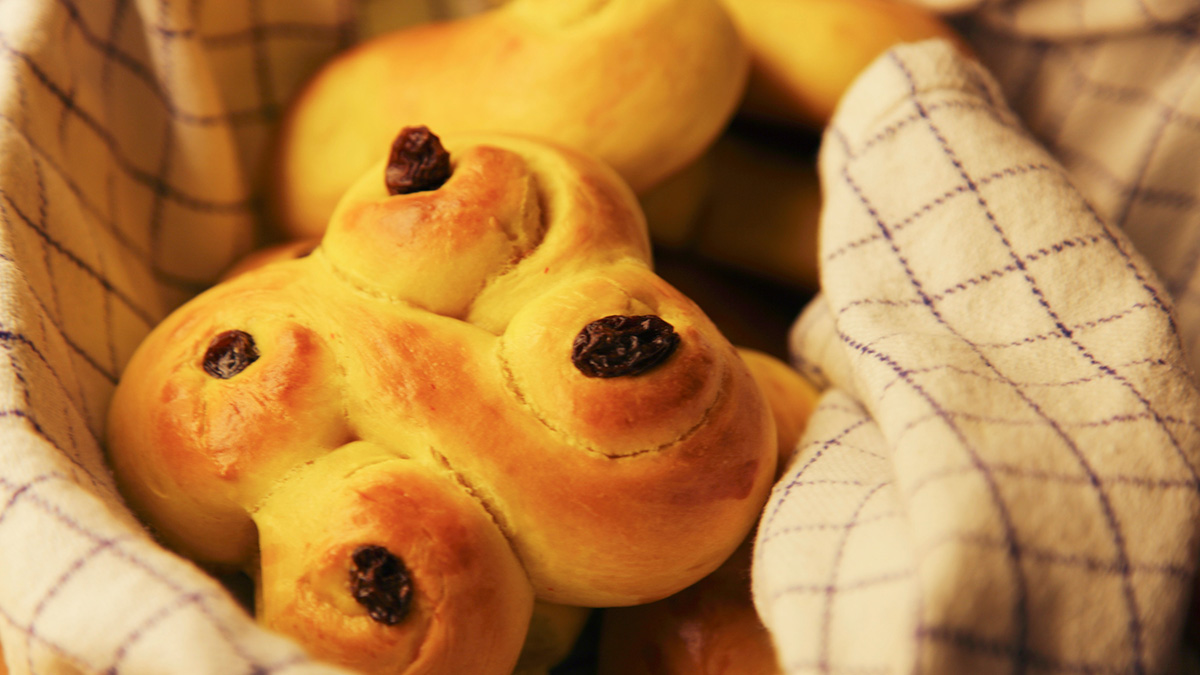 Credits: Maskot/Folio/imagebank.sweden
Credits: Maskot/Folio/imagebank.sweden
This day is marked by processions of young girls dressed in white robes and carrying candles, symbolizing light during the dark winter period. Lussekatter are a symbol of the celebration and of the sun, due to their bright yellow color brought by saffron.
And all the others…
1.Toscakaka – Tosca Cake
Toscakaka is a moist cake topped with a glaze made of sugar, butter, almonds, and cream. It is popular during Christmas celebrations but also for other festive occasions.
This cake is ideal for large family gatherings or festive events where you want a simple yet flavorful dessert. It has a rich texture and a beautiful combination of crunchiness and sweetness.
2. Söckerkaka – The Sugar Cake
Söckerkaka is a simple and popular Swedish cake, often compared to a sponge cake or a basic cake. The word "söcker" means "sugar" in Swedish, and "kaka" means "cake." This cake is light, fluffy, and quite sweet. It is often made with basic ingredients such as flour, sugar, eggs, butter, and baking powder, making it very easy to prepare.
It can be enjoyed as-is or accompanied by fresh fruit, jam, or even whipped cream. Söckerkaka is often made for informal occasions, like afternoon teas or family gatherings. It’s also delicious when flavored with vanilla or lemon for an extra touch of freshness.
3. Sarah Bernard Tårta – Sarah Bernhardt Cake
The Sarah Bernard Tårta is a more modern cake than the Gustav Adolf Tårta, but it is no less iconic in Sweden. It was named in honor of the famous French actress and dancer Sarah Bernhardt, a prominent figure in the European artistic scene at the end of the 19th century. It is said that the cake was inspired by a meeting between the great artist and a Swedish pastry chef, who wanted to create a dessert worthy of her name. Sarah Bernhardt was very popular in Sweden, and her name became associated with this rich and sophisticated cake, made to impress.
The Sarah Bernard Tårta is an individual cake, often served in small, individual portions. It consists of several layers: a base of biscuit (sponge cake or meringue), a chocolate mousse filling, and a coating of melted chocolate. The result is a delicate, elegant, and fairly luxurious cake, perfect for special occasions such as birthday parties, dinners, or large events.
5. Klenäter (Swedish Donuts)
Klenäter are traditional Swedish donuts mainly consumed at Christmas. These small pastries are made from fried dough, then dusted with powdered sugar. They have a light and crispy texture and are often flavored with cardamom, a spice that evokes the flavors of Christmas.
Klenäter are perfect for coffee or tea during Christmas fika. These pastries are also made during family gatherings and holiday celebrations, adding a touch of indulgence and tradition to the season.
6. Saffransbullar - Saffron Buns
Saffransbullar are soft saffron buns, another essential of Swedish winter celebrations. These yellow buns are often prepared for Christmas fika, as well as during family gatherings in December. They can be rolled into individual buns or made into large twisted loaves.
 Photo Camilla Hamid
Photo Camilla Hamid
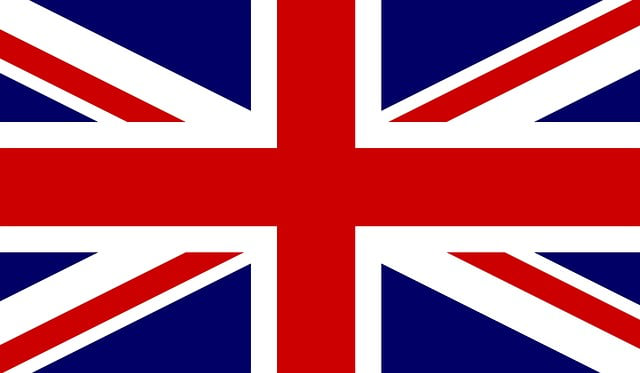 en
en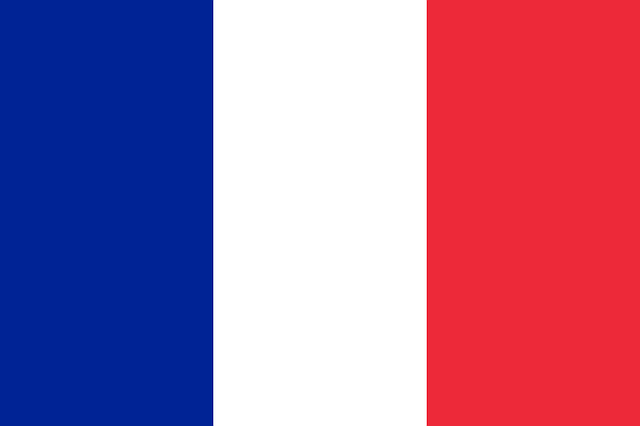 FR
FR IT
IT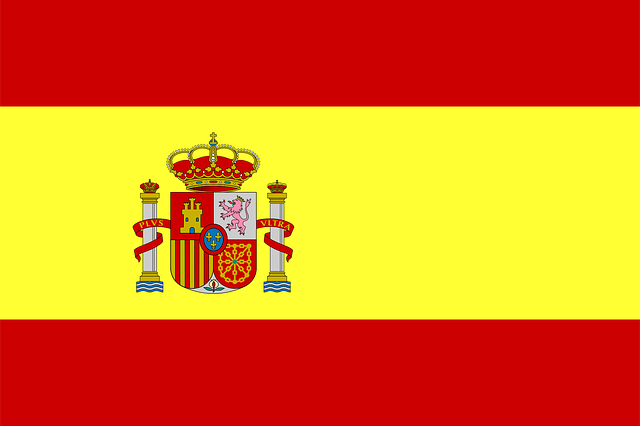 ES
ES
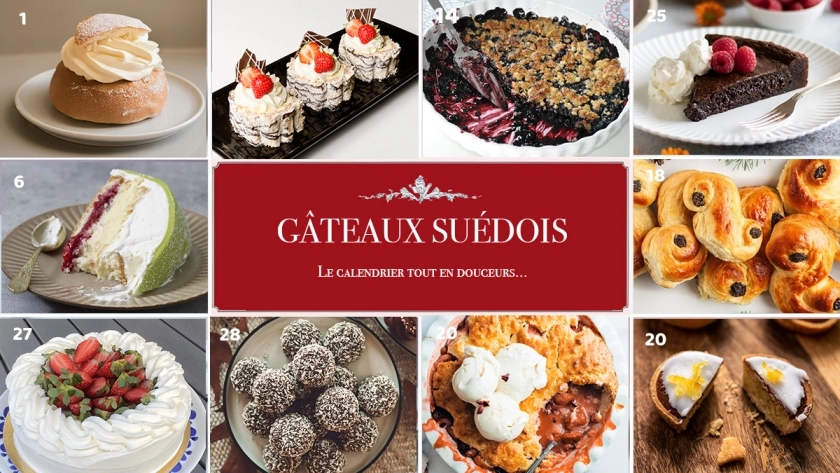


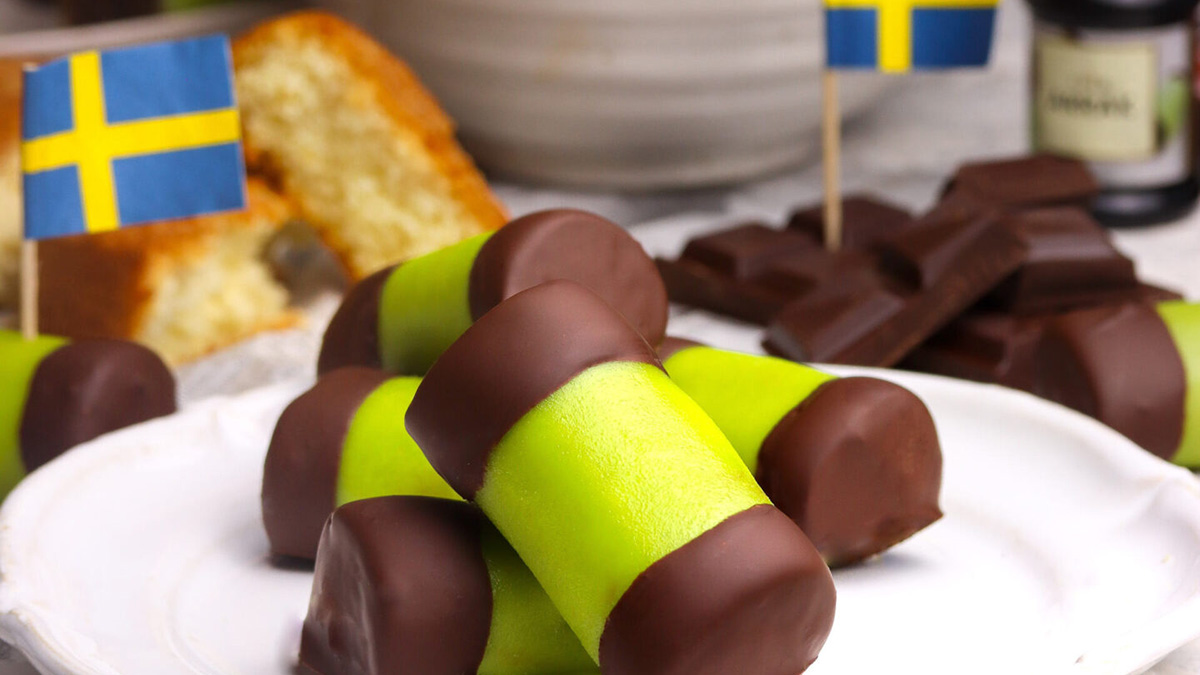




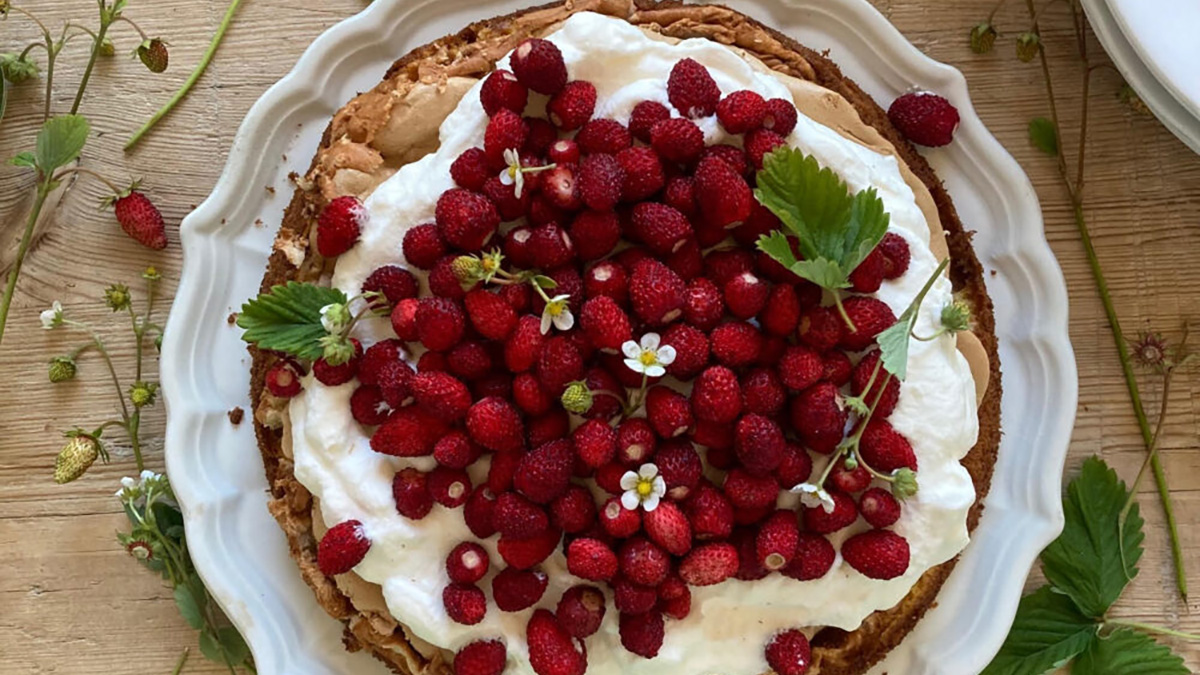
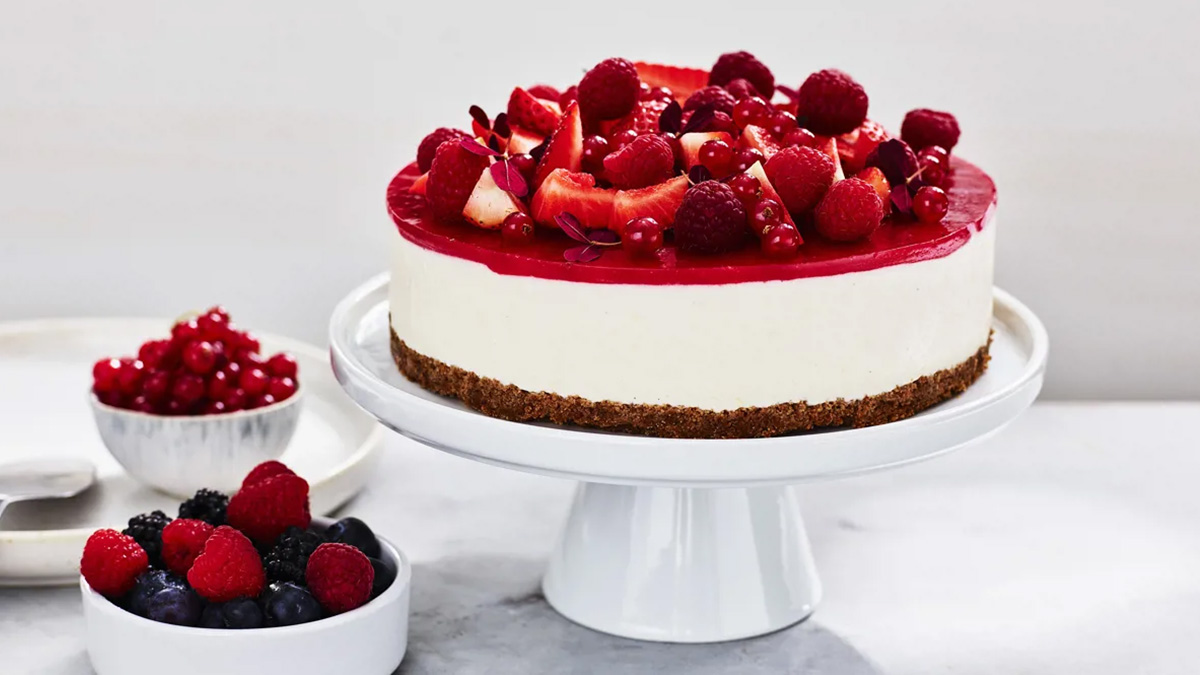
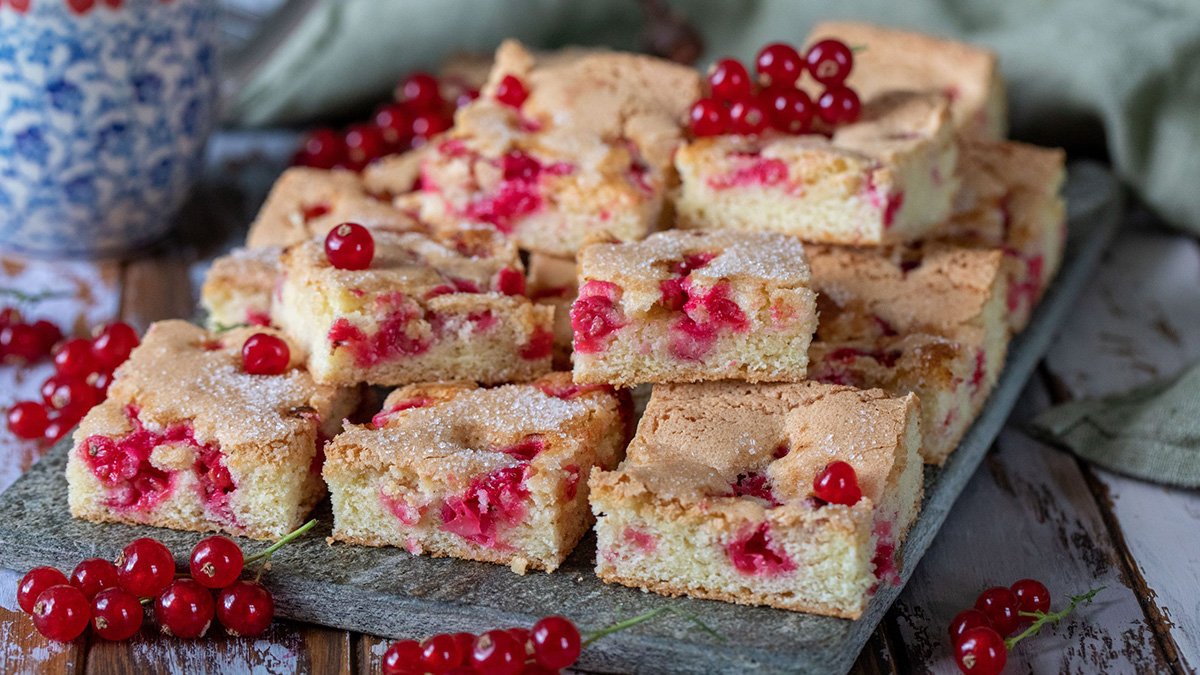

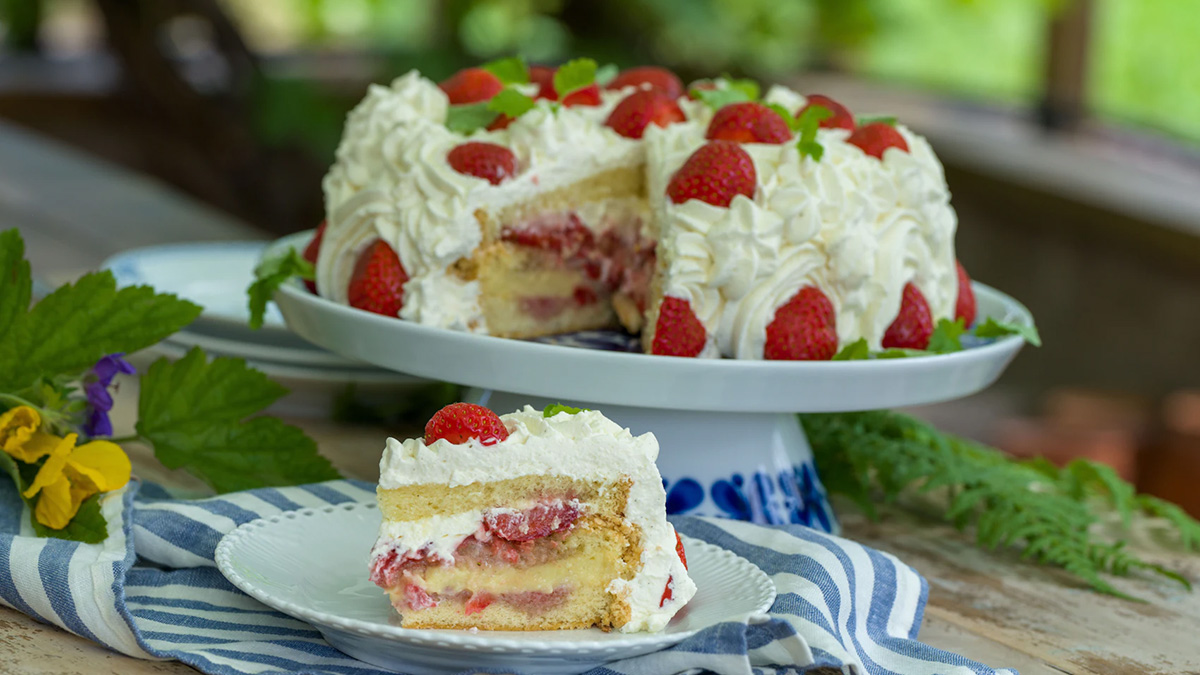
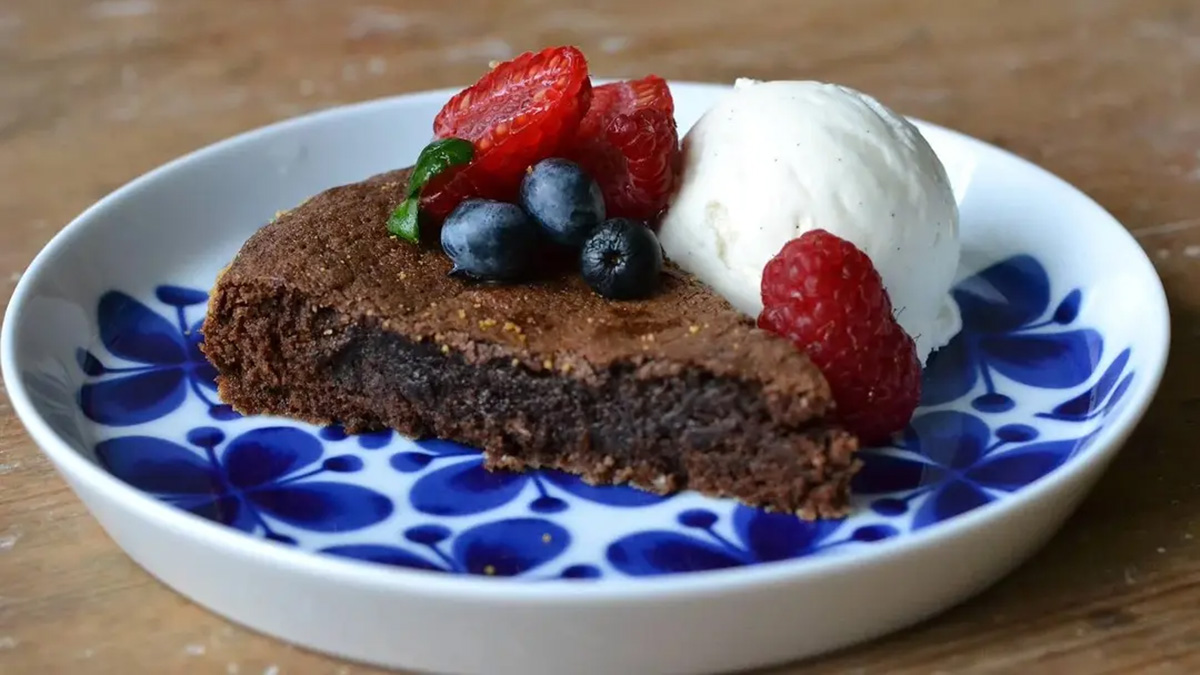

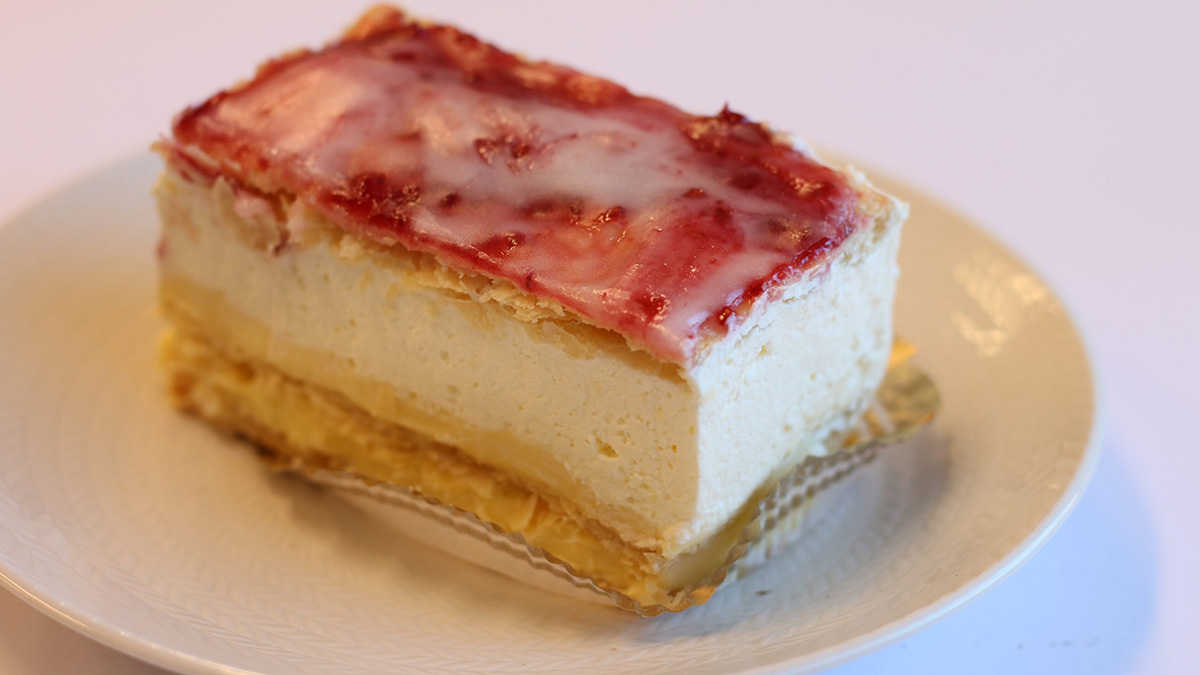
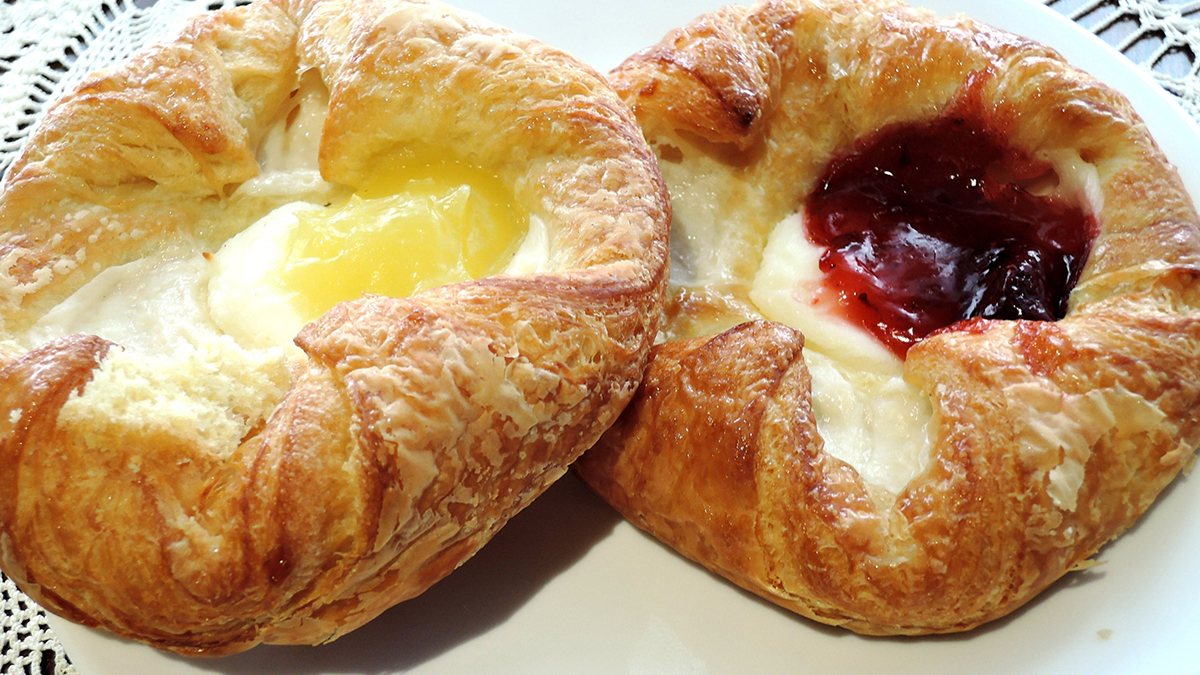
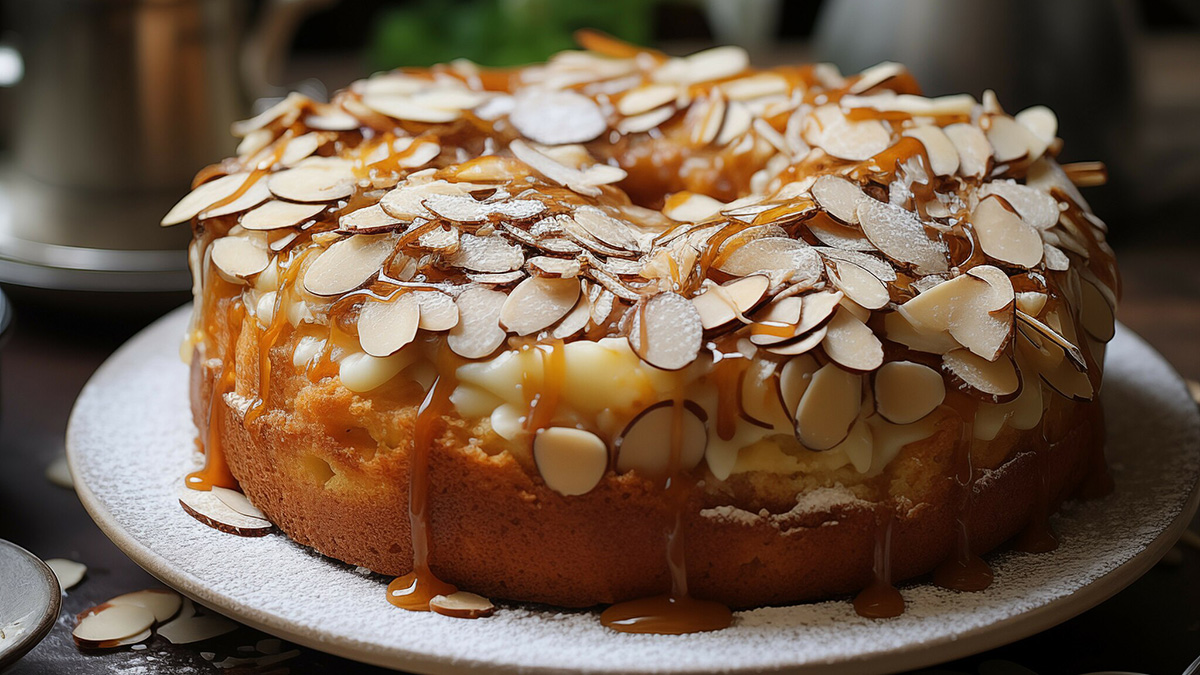 creative commons
creative commons